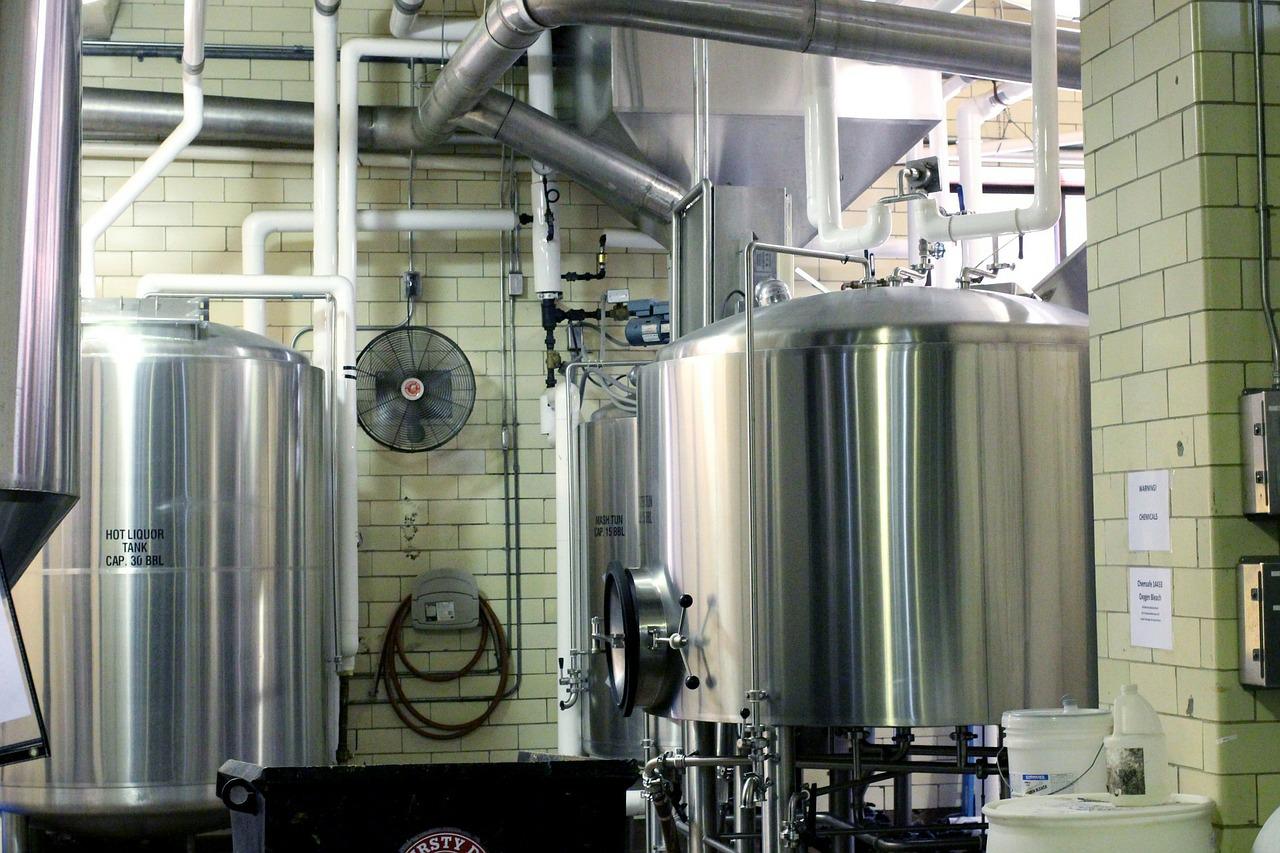This article covers the basics of Making Beer, including the Ingredients, Methods, and Equipment required. You’ll also learn about Hops, a key ingredient in beer. And as a bonus, you’ll find out the best way to use them! In this article, we’ll talk about the equipment you’ll need to brew your own beer, and a few other tips to make the process as easy as possible.
Ingredients in beer
Beer is one of the oldest alcoholic beverages in the world. In fact, it is the most popular alcoholic beverage in the world, and is the third-most-consumed beverage in the world. But what exactly goes into making beer? Here is a closer look. But first, why is beer so popular? Why does beer have so many different types of ingredients? And why does beer taste so great? It’s important to note that beer doesn’t necessarily taste the same everywhere, so it’s important to know which ingredients go into making a beer.
Methods of brewing
The traditional method involves transferring beer from one vessel to another to complete the fermentation process. This method can be time-consuming and increases the risk of infection since cleaning the vessels and lines is required after every transfer. Another disadvantage to this method is the introduction of oxygen into the beer, which can accelerate the formation of staling chemicals. A post-fermentation clarification step can be used to reduce the oxygen level further. A brewing vessel that can hold 100 gallons of beer is often the most common brewing vessel.
Equipment needed to make beer
You may be wondering what equipment you need to start making your own beer. The equipment needed for beer making includes a fermentation vessel, hydrometer, thermometer, and other accessories. Other equipment you will need includes a trial jar and a steriliser. You can also consider using your existing commercial kitchen equipment. This guide will outline what you’ll need. There are several options for beer equipment. If you want to try your hand at brewing at home, this guide will provide you with the basic equipment.
Hops
When you grow hops for beer making, you must be careful to plant them in the right environment. The right growing environment includes full sun and a cool southern exposure. The soil should be ideally drained and loose. Blended peat moss and sand make an excellent growing medium for hops. If the soil is too dry, mounds of soil will provide extra support. Hops prefer to grow in full sunlight and need adequate space to grow.
Yeast used in brewing
Ale yeast, or Saccharomyces cerevisiae, is one of the most commonly used bacteria in brewing. As the name suggests, this species ferments at a lower temperature than other types of yeast and is responsible for many of the characteristics of lagers and ales. These two strains differ only slightly, but they are responsible for many aspects of the beer making process. Here are some common types of ale yeast.
Fermentation
There are two main stages of fermentation, the first being the “closed” fermentation. This occurs in a container where a water lock is used to prevent oxygen from entering. This method also prevents the fermentation from being contaminated by unwanted microorganisms. The second stage of fermentation is a little slower, taking several months to complete. The fermentation process will end once the sugar in the must has been used up.

